Approved by AICTE, Recognised by Govt. and Affiliated to VTU, Accredited ‘A’ level by NAAC.
Dwarakanagar,Bagalur Main Road, Yelahanka, Bangalore-560063
Approved by AICTE, Recognised by Govt. and Affiliated to VTU, Accredited ‘A’ level by NAAC.
Dwarakanagar,Bagalur Main Road, Yelahanka, Bangalore-560063
The Department of Computer Science and Engineering, since its inception in 2008 came with an initial intake of 60 students in UG programme and enhanced its intake to 120 in the year 2012.
Always attracted the best of engineering aspirants from all over the country and abroad.
Department is effective in inducing skilled and competent Computer Engineers and Entrepreneurs prepared to fulfil the requirements of the industry and society at large
Department is well equipped with adequate infrastructure to support academic, research and extra-curricular activities for the all-round development of our students with well-qualified, skilled and experienced faculty members.
The Department frequently organizes Hands-on Workshops, Seminar , Webinars, Guest Lectures and Faculty Development Programs in recent trends from Industry Resource for the beneficial of students and faculty community.
The Department organizes National Conference – “KITE” every year which provides Research & Developmental opportunities to research scholars and students from various colleges across the country.
The Department encourages the students to conduct and participate in extracurricular/ sports activities.
COLOSSUS is a two day National Level Tech fest organized by the Department of Computer Science and Engineering. The fest receives participation from various colleges across the country.
The Department has signed MoU’s with leading IT Industries and International Journals.
The Proctorial and Mentoring system is active by meeting students and conducts Parents Teachers Meeting
The Alumni network is active and regular meetings are conducted by the Department
The Students are placed and have succeeded in carving respectful positions in top MNC companies and many have opted for higher studies in various Foreign Universities, IIT’s etc.
To advance the intellectual capacity of the student community by imparting knowledge to be ingenious entrepreneurs and competent professionals.
To disseminate technical knowledge with strong emphasis on curriculum development.
To impart computing skills to make the graduates globally competitive.
To inculcate value based professional ethics, become prevalent in industry and promoting research activities.
To impart a strong foundation in engineering fundamentals, knowledge and capability of quality study.
To provide in depth knowledge in analysing, design and solving real life computational problems.
To foster professionalism with ethical consciousness, interpersonal skills and be able to adapt to the evolving technical changes..
1. Demonstrate and understand the principle and working of computer system , solve computational task using appropriate techniques, tools and skills.
2. Possess professional engineering practices in various domain’s to identify research gaps and create scalable IT solutions.
3. Creating innovative career path, achieve additional expertise and zest for higher studies.
|
PO 1 |
Engineering knowledge : Apply the knowledge of mathematics, science, engineering fundamentals, and an engineering specialisation to the solution of complex engineering problems. |
|
PO 2 |
Problem analysis : Identify, formulate, research literature, and analyse complex engineering problems reaching substantiated conclusions using first principles of mathematics, natural sciences, and engineering sciences. |
|
PO 3 |
Design/development of solutions : Design solutions for complex engineering problems and design system components or processes that meet the specified needs with appropriate consideration for the public health and safety, and the cultural, societal, and environmental considerations. |
|
PO 4 |
Conduct investigations of complex problems : Use research-based knowledge and research methods including design of experiments, analysis and interpretation of data, and synthesis of the information to provide valid conclusions |
|
PO 5 |
Modern tool usage : Create, select, and apply appropriate techniques, resources, and modern engineering and IT tools including prediction and modelling to complex engineering activities with an understanding of the limitations. |
|
PO 6 |
The engineer and society : Apply reasoning informed by the contextual knowledge to assess societal, health, safety, legal, and cultural issues and the consequent responsibilities relevant to the professional engineering practice. |
|
PO 7 |
Environment and sustainability : Understand the impact of the professional engineering solutions in societal and environmental contexts, and demonstrate the knowledge of need for sustainable development. |
|
PO 8 |
Ethics : Apply ethical principles and commit to professional ethics and responsibilities and norms of the engineering practice. |
|
PO 9 |
Individual and team work : Function effectively as an individual, and as a member or leader in diverse teams, and in multidisciplinary settings. |
|
PO 10 |
Communication : Communicate effectively on complex engineering activities with the engineering community and with society at large, such as, being able to comprehend and write effective reports and design documentation, make effective presentations, and give and receive clear instructions. |
|
PO 11 |
Project management and finance : Demonstrate knowledge and understanding of the engineering and management principles and apply these to one‘s own work, as a member and leader in a team, to manage projects and in multidisciplinary environments. |
|
PO 12 |
Life-long learning : Recognise the need for, and have the preparation and ability to engage in independent and life-long learning in the broadest context of technological change. |
Realizing the importance of rapid advancements in the Computer Science & Information Technology sectors, all the laboratories have been furnished with high speed LAN. The labs are updated and upgraded frequently as per the requirements and demand of industry. The well-equipped laboratories help students to meet ever increasing technological and social challenges with its traditions of self-discipline, hard work and a creative approach to solve problematic issues.
The department has conducted various workshops/seminars/Guest lectures/Webinars, The best students are awarded every academic year and financially supported. Few are listed below:
3rd to 8th Semester BE – Computer Science and Engineering Scheme of Teaching and Examinations Outcome Based Education (OBE) and Choice Based Credit System (CBCS) (Effective from the academic year 2018 – 19)
General Criteria:
Candidates must have passed Class 10+2 exam from a recognised board with Physics, Chemistry and Mathematics as core subjects.
Must have secured a minimum aggregate marks of 45% in the above subjects combined.
In case od SC / ST, Category-1, 2A, 2B, 3B and 3B category , minimum marks for the eligibility shall be 40%.
KCET - E171
COMEDK - E030
| Subject Code | Course Outcomes (CO’s) |
|---|---|
|
21MAT31 |
1. To solve ordinary differential equations using Laplace transform. |
|
21CS32 |
1. Identify different data structures and their applications. |
|
21CS33 |
1. Design and analyze application of analog circuits using photo devices, timer IC, power supply and regulator IC and op-amp. |
|
21CS34 |
1. Explain the organization and architecture of computer systems with machine instructions and programs |
|
21CSl35 |
1. Use Eclipse/NetBeans IDE to design, develop, debug Java Projects. |
|
21CSL381 |
1. Know the basics of computers and prepare documents, spreadsheets, make small presentations with audio, video and graphs and would be acquainted with internet. |
| Subject Code | Course Outcomes (CO’s) |
|---|---|
|
18MAT31 |
1.Use Laplace Transform and Inverse Laplace Transform in solving differential/integral equation arising in network analysis, control systems and other fields of engineering. |
|
18CS32 |
1.Use different types of data structures, operations and algorithms. . |
|
18CS33 |
1.Design and analyze application of analog circuits using photo devices, timer IC, power supply and regulator IC and op-amp. . |
|
18CS34 |
1.Explain the basic organization of a computer system. . |
|
18CS35 |
1.Design a software system, component, or process to meet desired needs within realistic constraints. . |
|
18CS36 |
1.Use propositional and predicate logic in knowledge representation and truth verification. . |
|
18CSL37 |
1.Use appropriate design equations / methods to design the given circuit. . |
|
18CSL38 |
1.Analyze and Compare various linear and non-linear data structures. |
|
18KVK28/39/49 |
At the end of the course, the student will be able to understand kannada and communicate in kannada language |
|
18CPC39/49 |
1.Describe and analyze role and salient features of the Indian Constitution. . |
|
18MAT41 |
1.Use the concepts of analytic function and complex potentials to solve the problems arising in electromagnetic field theory. . |
|
18CS42 |
1.Describe computational solution to well-known problems like searching, sorting etc. . |
|
18CS43 |
1.Demonstrate need for OS and different types of OS . |
|
18CS44 |
1.Describe the architectural features and instructions of ARM microcontroller . |
|
18CS45 |
1.Explain the object-oriented concepts and JAVA. . |
|
18CS46 |
1.Explain the various components of data communication. . |
|
18CSL47 |
1.Design algorithms using appropriate design techniques . |
|
18CSL48 |
1.Develop and test program using ARM7TDMI/LPC2148 . |
|
18CS51 |
1.Define management, organization, entrepreneur, planning, staffing, ERP and outline their importance in entrepreneurship. |
|
18CS52 |
1.Explain principles of application layer protocols. |
|
18CS53 |
1.Identify, analyze and define database objects, enforce integrity constraints on a database using RDBMS. |
|
18CS54 |
1.Acquire fundamental understanding of the core concepts in automata theory and Theory of Computation. |
|
18CS55 |
1.Demonstrate proficiency in handling of loops and creation of functions. |
|
18CS56 |
1.Explain Unix Architecture, File system and use of Basic Commands. |
|
18CSL57 |
1.Analyze and Compare various networking protocols. |
|
18CSL58 |
1.Create, Update and query on the database. . |
|
18CIV59 |
1.Understand the principles of ecology and environmental issues that apply to air, land, and water issues on a global scale. |
|
18CS61 |
1.Explain system software . |
|
18CS62 |
1.Design and implement algorithms for 2D graphics primitives and attributes. |
|
18CS63 |
1. Adapt HTML and CSS syntax and semantics to build web pages. |
|
18CS641 |
1.Identify data mining problems and implement the data warehouse . |
|
18CS651 |
1.Create, test and debug Android application by setting up Android development environment. |
|
18CSL66 |
1.Implement and demonstrate Lexer‟s and Parser‟s . |
|
18CSL67 |
1.Apply the concepts of computer graphics . |
|
18CSMP68 |
1.Create, test and debug Android application by setting up Android development environment. |
|
18CS71 |
1.Appaise the theory of Artificial intelligence and Machine Learning. |
|
18CS72 |
1.Understand fundamentals of Big Data analytics. |
|
18CS731 |
1.Design and implement codes with higher performance and lower complexity . |
|
18CS744 |
1.Define cryptography and its principles . |
|
18CSL76 |
1.Implement and demonstrate AI and ML algorithms. |
|
18CS81 |
1. Interpret the impact and challenges posed by IoT networks leading to new architectural models. |
|
18CS822 |
1.Identify key challenges in managing information and analyze different storage networking technologies and virtualization |
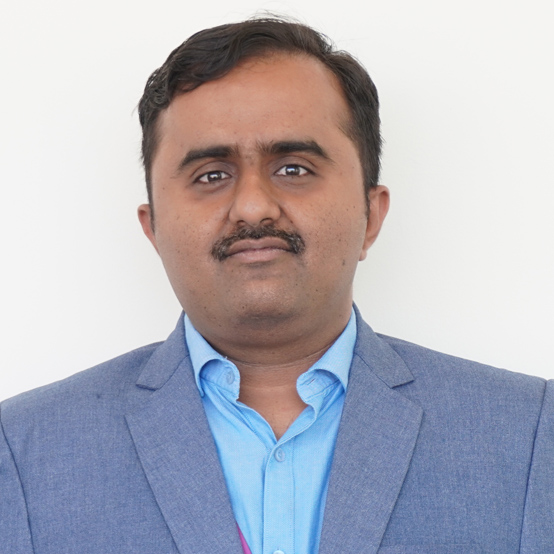
Associate Prof. and HOD
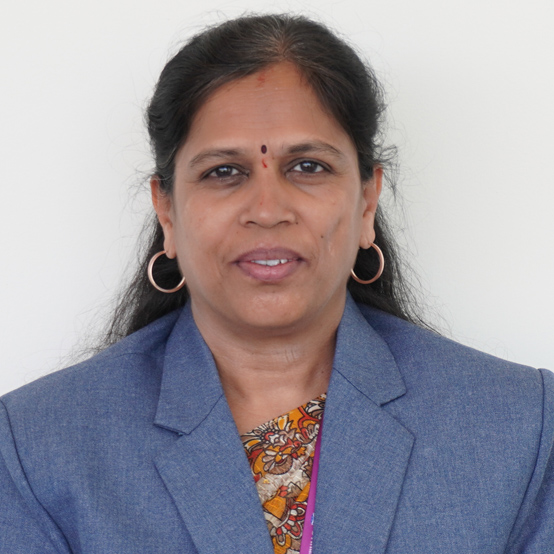
Associate Professor
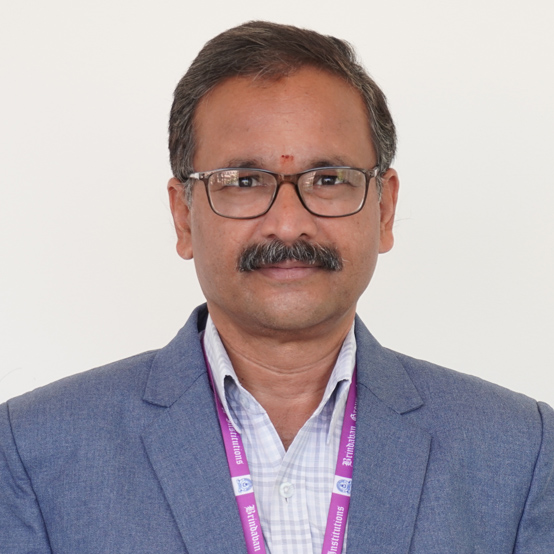
Assistant Professor
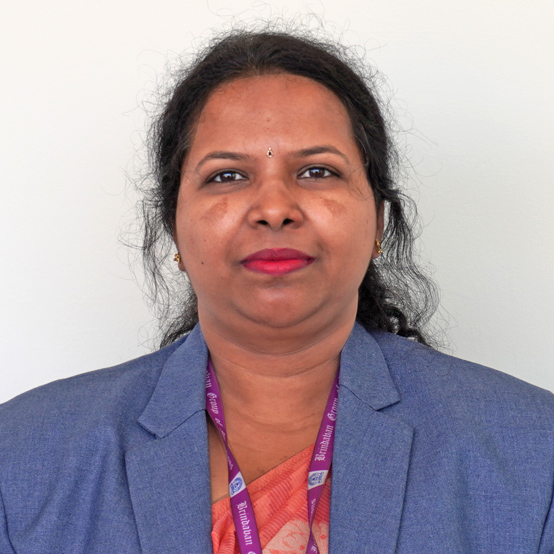
Assistant Professor
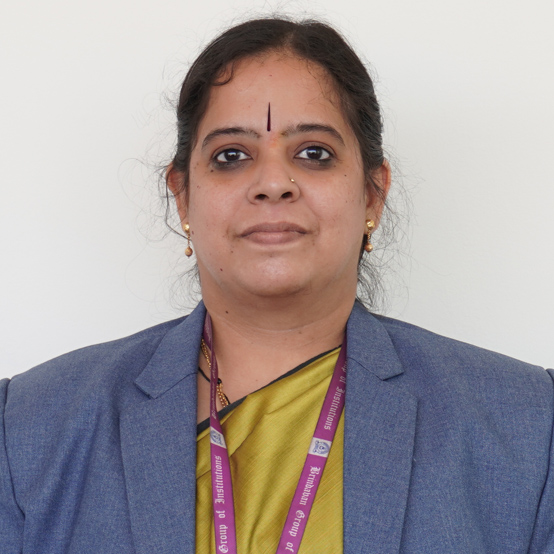
Assistant Professor
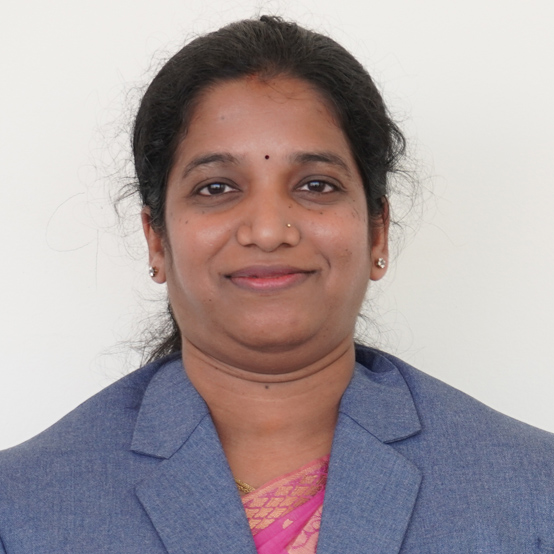
Assistant Professor
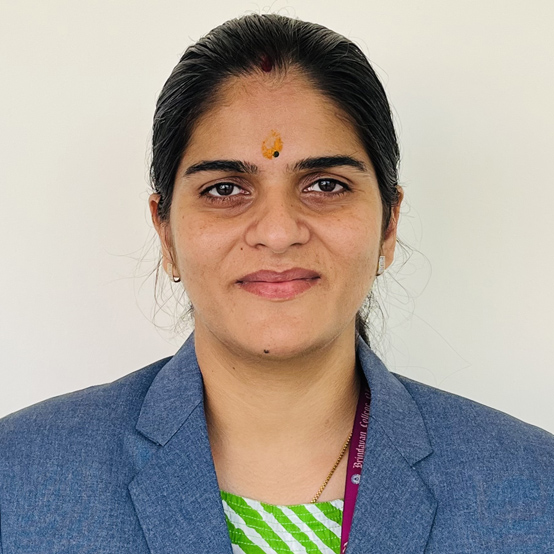
Assistant Professor

Assistant Professor
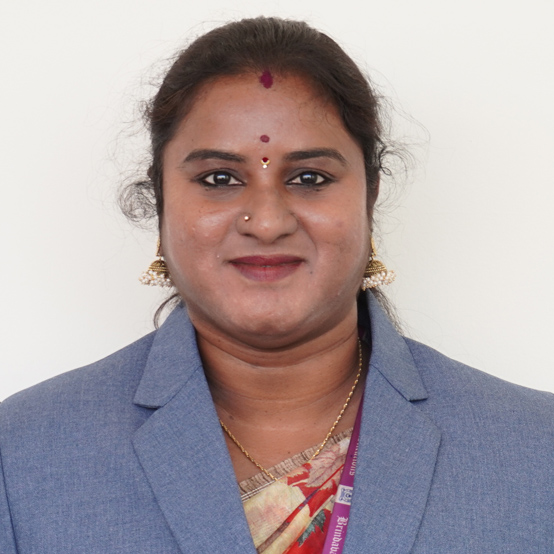
Assistant Professor
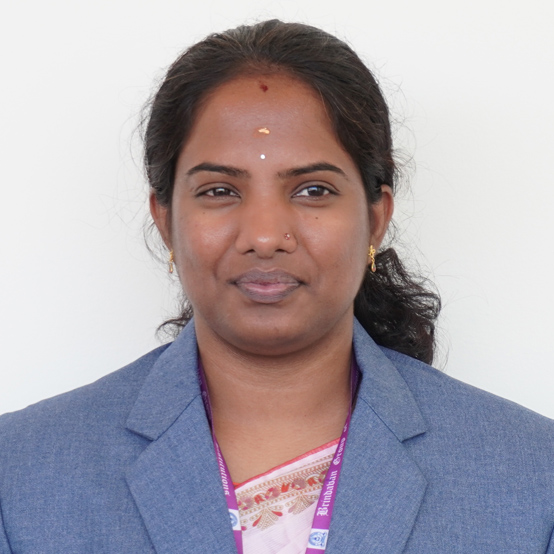
Assistant Professor
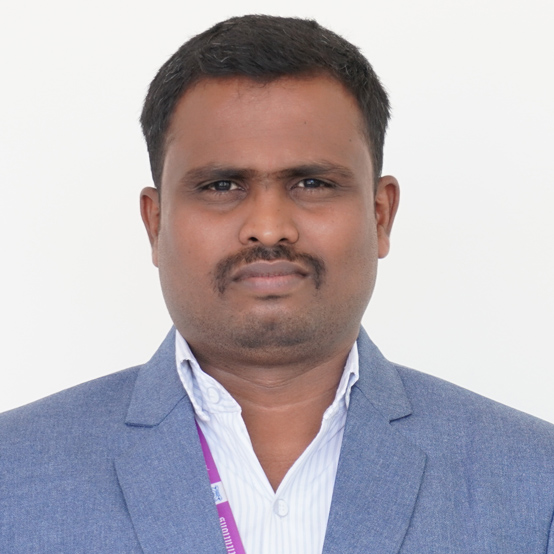
Assistant Professor
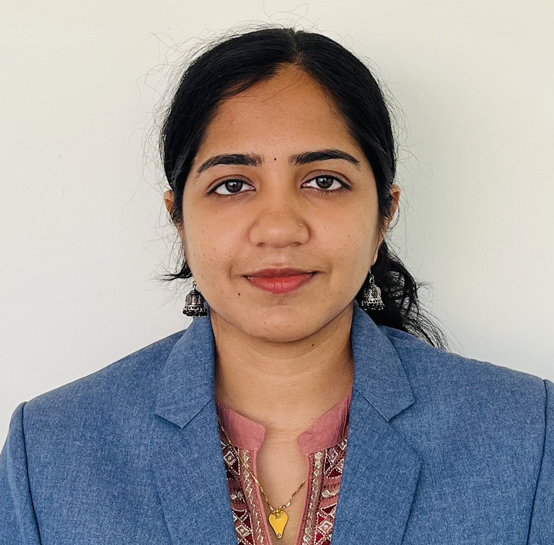
Assistant Professor

Assistant Professor
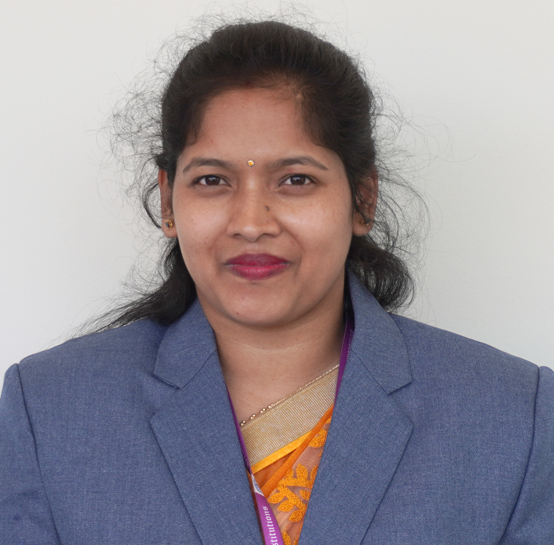
Assistant Professor